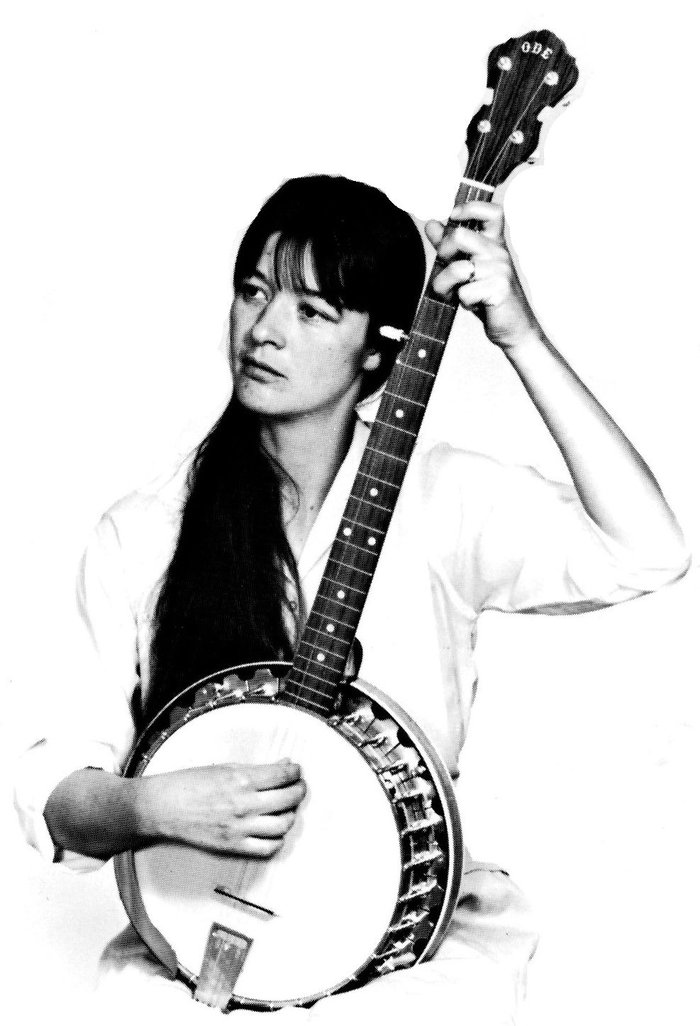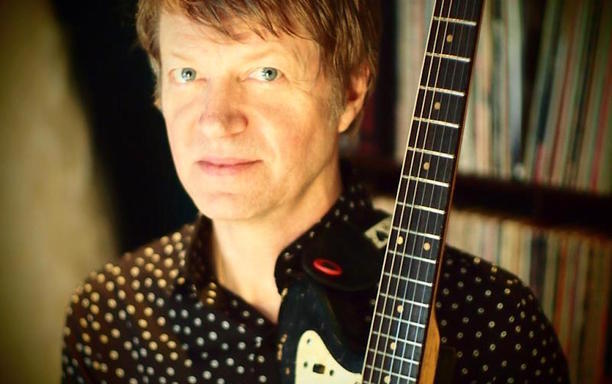Origin Stories: Ride
Guitarist Andy Bell recounts the childhood influences that informed Oxford’s Brit psych geezers
Growing up in Oxford in the early ’70s, my parents had four pop albums. There were three Beatles ones, and one Simon & Garfunkel. My dad had picked these up while he was at college in the mid-’60s. He had With the Beatles, Hard Day’s Night, Beatles for Sale. I’d be playing these in the house constantly on my mum’s Dansette record player. They also had Bridge Over Troubled Water.
The first record that hit a massive chord with me out of any of those four would be “The Only Living Boy In New York,” which is this really soft, big, epic Simon & Garfunkel tune. Full of big reverbs and it’s a really beautiful melody. That was a big one.
I was really knocked back. “This is crazy! What Beatles music is this?”
The Beatles thing kickstarted my love of their music, which I continued, because I would save up Christmas money and birthday money and go and buy Beatles records. My dad would take me to record fairs in Oxford, and I remember one Christmas being pretty flush with the cash and buying about six Beatles albums in one go. That was cool.
I would have been about 10 years old. At Christmastime in the UK they showed all The Beatles movies, one every night, through Christmas Eve, Christmas Day, Boxing Day. I think a whole generation of kids just got hooked on The Beatles in that moment almost as if it was the ’60s again. Certainly a lot of my friends remember this happening. That was, if I wasn’t already a massive Beatles fan, that really helped it along. Even the bands that were around at that point were referencing The Beatles. Like The Jam, I was buying Jam singles, age 10. The one from that exact time would start, which rips off the basic chord of the song “Tax Man.” Immediately, contemporary pop music is giving me Beatles’ riffs and I’m going back. I mean, at this point it’s only like 15 years from the original…they were a massive part of culture in the UK all that time. They didn’t go away.
My best mate was also going through the same kind of journey as me, Richard. He had a big sister. He got a hold of a copy of “Strawberry Fields Forever,” and played it. “You got to hear this Beatles record, it’s nuts.” He played me “Strawberry Fields Forever, “ and I guess I was still around the same age, 11, maybe 12. When I heard that, I was really knocked back: “This is crazy! What Beatles music is this?” I could hear it was The Beatles, but it just sounded different. So I kind of started going through the later albums. I basically went through them in order, without much context apart from that.
Then I started buying the books. The one I bought was the Hunter Davies biography of The Beatles that was one of the main ones that was out at that point. Maybe the only one that was out. That book ends in 1969 with four chapters with each Beatle. I think just after the White Album, or at least the copy that I had, it ended there. It’s taking you into the present day at that point, with the very apt thing of they all have their own chapter, and they’re all going to go their own way. It was obvious they were all spreading out.
Later I was hanging out with Mike Gardner. We became friends over liking The Smiths, and him knowing that I had a guitar and could play a couple of Smiths riffs on it. “Hey, you know, can you teach me how to play that Smiths tune?” I’d be like, “Yeah, come back to my house after school.” We started hanging out together and doing that. We were pretty much forming a band at that point already. We had about a year or two left of school, and then during that year, another of our friends, Darren, had a big brother called Steve. He had a four-track, a Tascam. We were starting to use any excuse to go round to this guy’s house, and borrow this thing. I was really fascinated with it so I ended up getting one as well.
It took me a while to save up for it. I spent a whole summer going round to Steve’s house…he was older, he worked in a record shop which stocked all the indie stuff. He was bringing it home, playing it to us, we were ripping it off, making little cassettes. I remember going there to buy things like The Smiths, I always had to have every Smiths release. Then later on the Stone Roses.
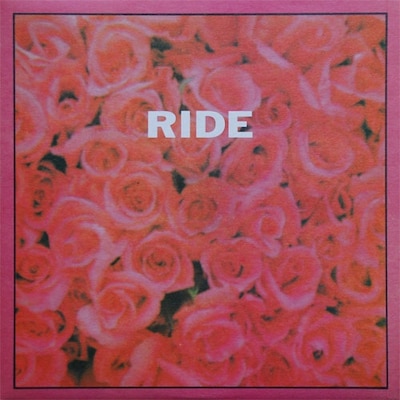
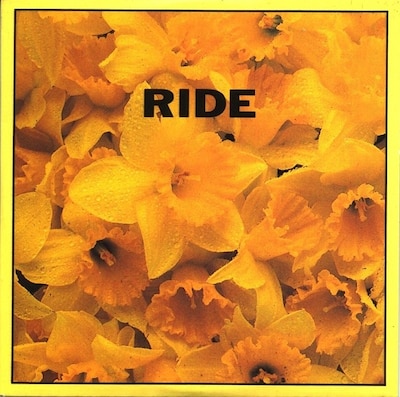
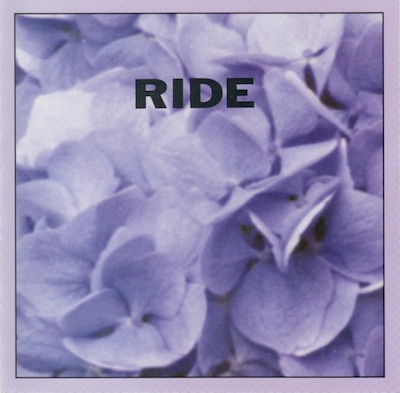
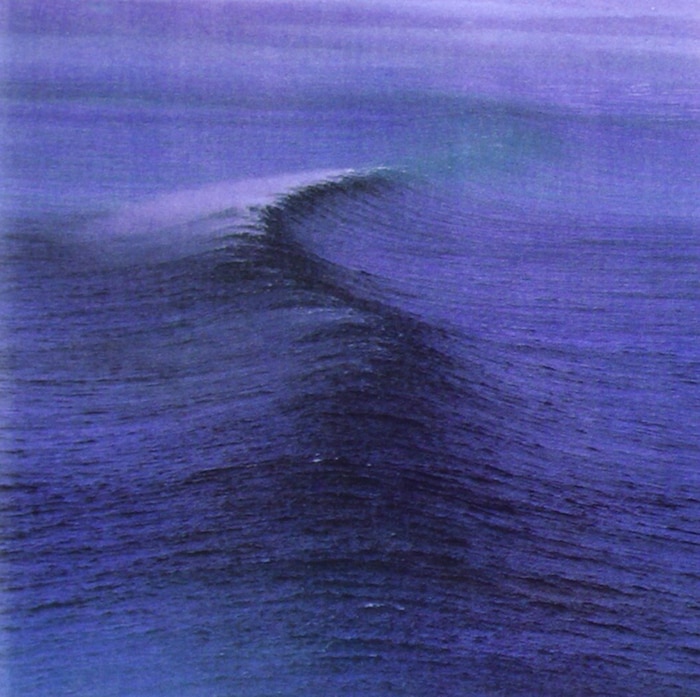
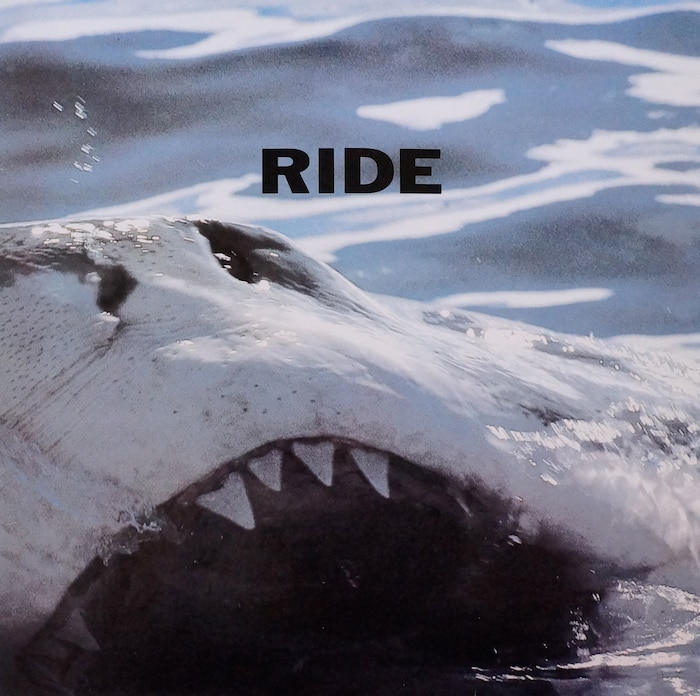
The Smiths and The Stone Roses were the two bands that did the thing with the sleeves that we wanted to do. They’ve played into the Ride sleeves massively, the way that they started off as a series. I think we kind of liked that the idea drifted, after a while. There’s only so many flowers. We kept it going with colours. We had red, yellow, grey and blue. It just started to expand. The album of Nowhere had a blue ocean on it, and then the next record had a close-up onto a wave with a shark coming out of it, and then it just went somewhere else. It was thematic in the same way that The Smiths just had this coloured monotone image every time. Which was just a brilliant way of tying it all in, you know?
Ride was a band with rules right from the start. Like a manifesto, we really wanted to make our stamp on things. We took a lot of inspiration from 4AD, which would have been the number one choice label to sign us up. I mean, at this point, we were still dreaming, really. I remember I was sitting around going, “Would 4AD be the best?” Obviously Creation would be too obvious. We had a whole list. I don’t think we realized that we might actually get an offer. So when they got involved, it was like, “Oh this is really happening. Let’s just do it.” 4AD, you had the feeling that the sleeves were a part of the aesthetic. There was little reference to the band. It was all about the overall image. In the same way, we were like we’re not mentioning the band members, we’re not mentioning who wrote a song, the sleeves all look similar. There’s no A side, no B side. There’s no singles on the album. All this stuff was part of our rules.
As told to RBMA Radio’s Frosty.
